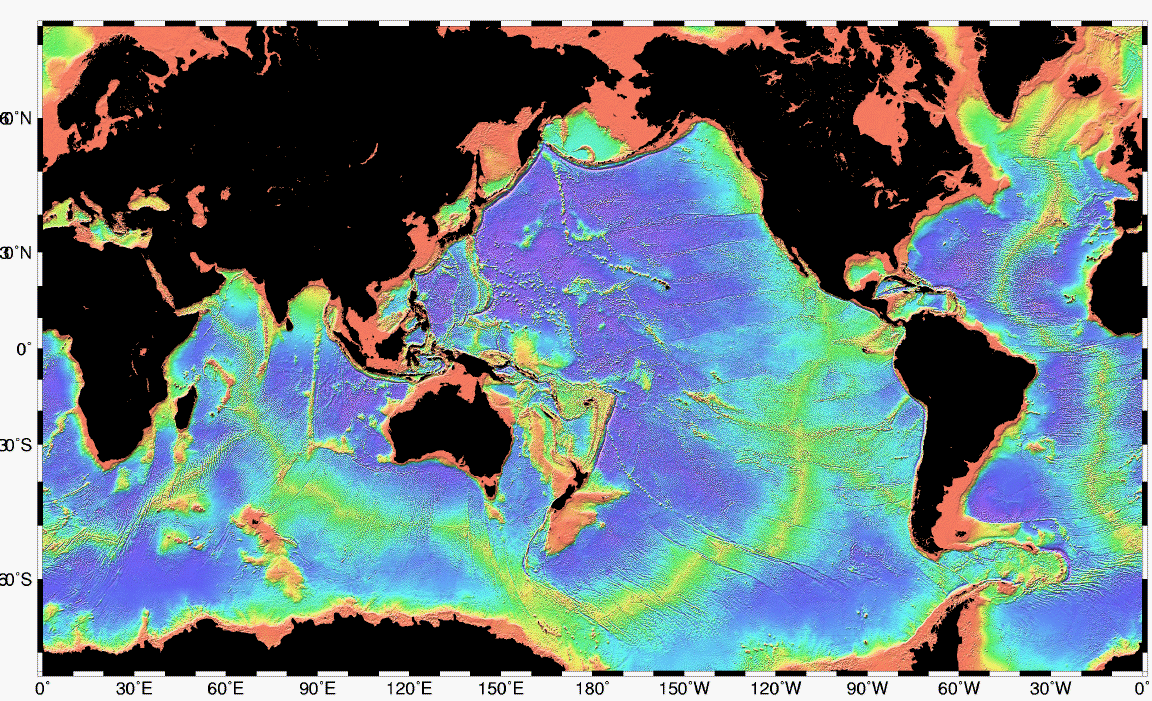Underwater volcanic eruptions are caused by the seafloor ripping itself open to let magma through
New research has challenged the accepted view of what makes magma rise up under the sea.

Underwater magma may erupt not because of the pressure from below, but because the sea floor is ripping itself apart, a new study finds. What makes magma burst through the sea floor at mid-ocean ridges has been a long-running debate.
One commonly accepted view is that pressure from below builds up until the magma is forced through the sea floor. A study published in the journal Nature now argues that the main factor is weakness in the sea floor at the ridges as it is pulled apart in different directions.
Mid-ocean ridges are the borders of tectonic plates in the Earth's crust, running for more than 40,000 miles along the sea floors of the planet. Lava erupts from the centres of these seams, forming new sea floor.
The tectonic plates being formed at the ridges are simultaneously being destroyed thousands of miles away as they are forced under land masses and melted back into magma. This tension from being pulled under a continental plate may mean that the seams of mid-oceanic ridges are ready to tear, the study suggests.
"It's been a kind of chicken-and-egg question," says study coauthor Maya Tolstoy, a marine geophysicist at Lamont-Doherty Earth Observatory at Colombia University in the US. "You have these two different forces [magma vs tectonics] that could play a role, and it's hard to tell which triggers the eruption."
The team investigated two mid-ocean ridge eruptions – one in real-time and one from previously recorded measurements. At one site off the coast of Oregon in the US, the team recorded violent popping noises that were apparently related to new lava appearing on the seafloor.

These sounds signalled the rupture of a fault near the surface of the seam – and this tear then allowed magma beneath to burst upwards, the authors say. Measuring the sounds at several spots along the ridge, and seeing fresh lava appearing at those spots indicates that it was a tear from stressed rock that allowed the magma to burst through shortly after, rather than pressure from below forcing the magma through.
"Mid-ocean ridges are commonly viewed as sea-floor volcanoes, operating like volcanoes on land," said study coauthor, Yen Joe Tan, a graduate student at the observatory. "We're saying they should actually be viewed as tears in the crust where magma oozes out."
Tan and his colleagues acknowledge that the question of which comes first – the pull of the seam or the push of magma from below – isn't a closed question. Michael Perfit of the University of Florida, who also studies undersea eruptions, says that the authors may have placed too much emphasis on the stress from plates being pulled apart and not enough on the pressure from magma from below. "I think it's really got to be both," he says.
© Copyright IBTimes 2025. All rights reserved.






















